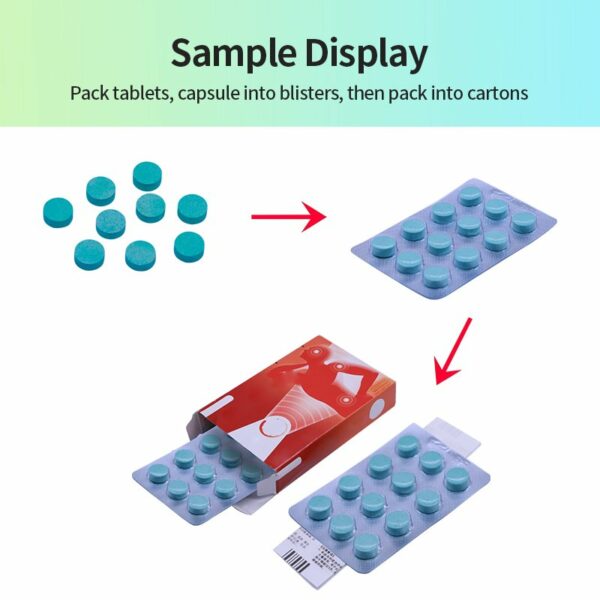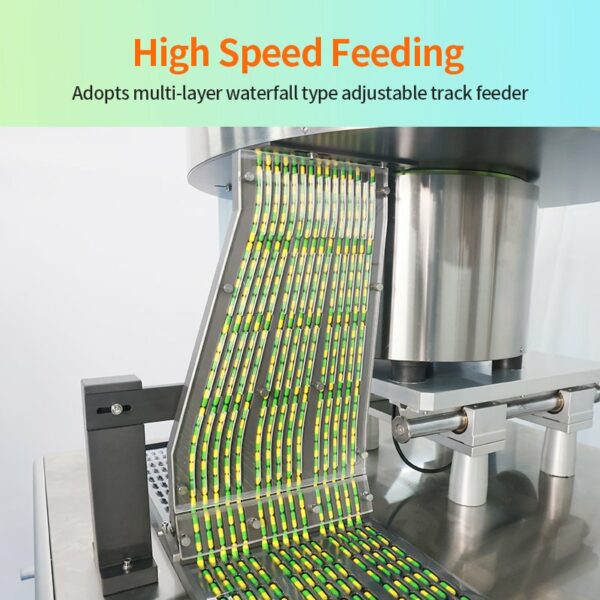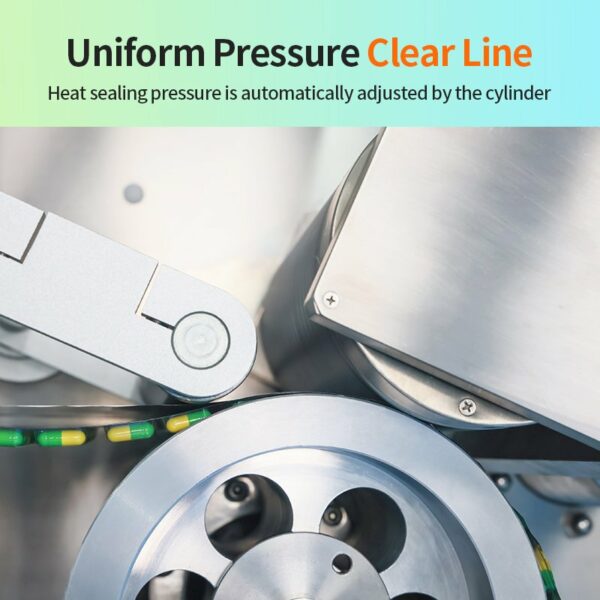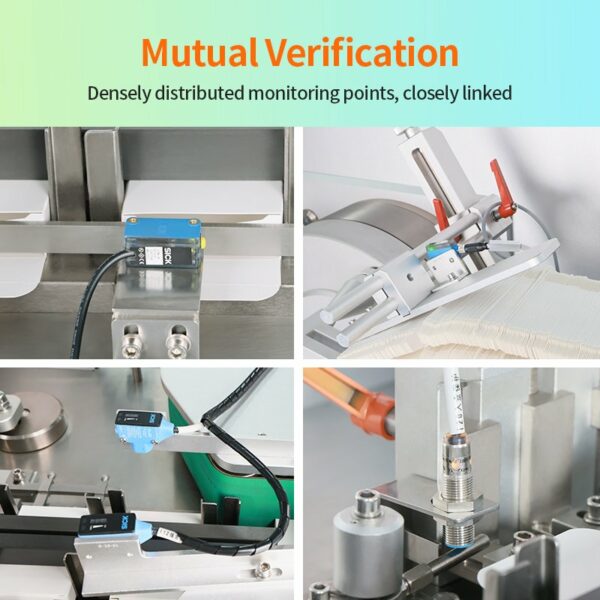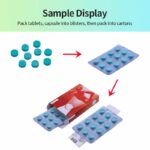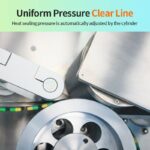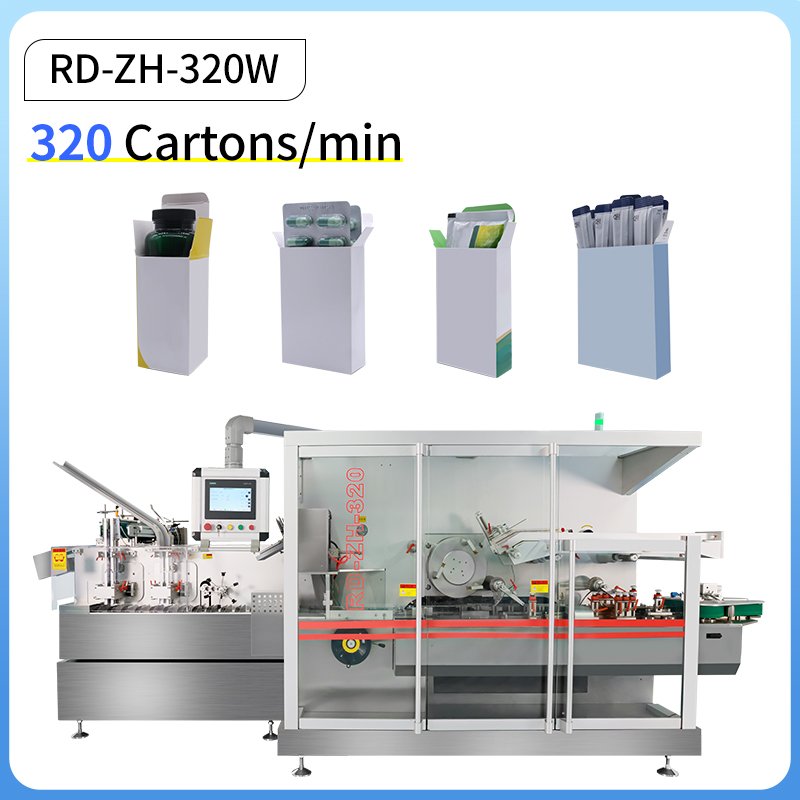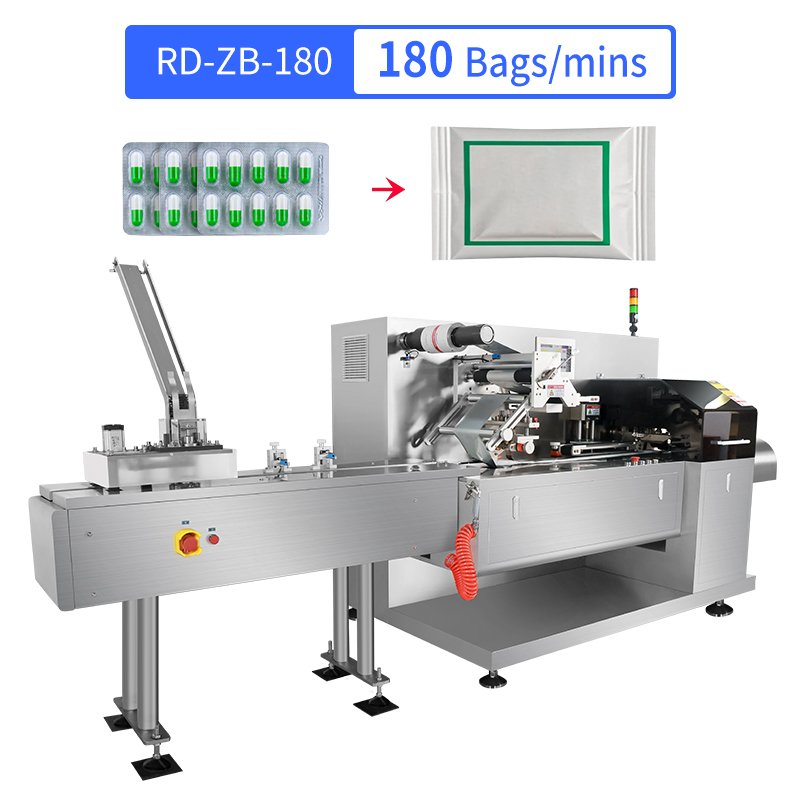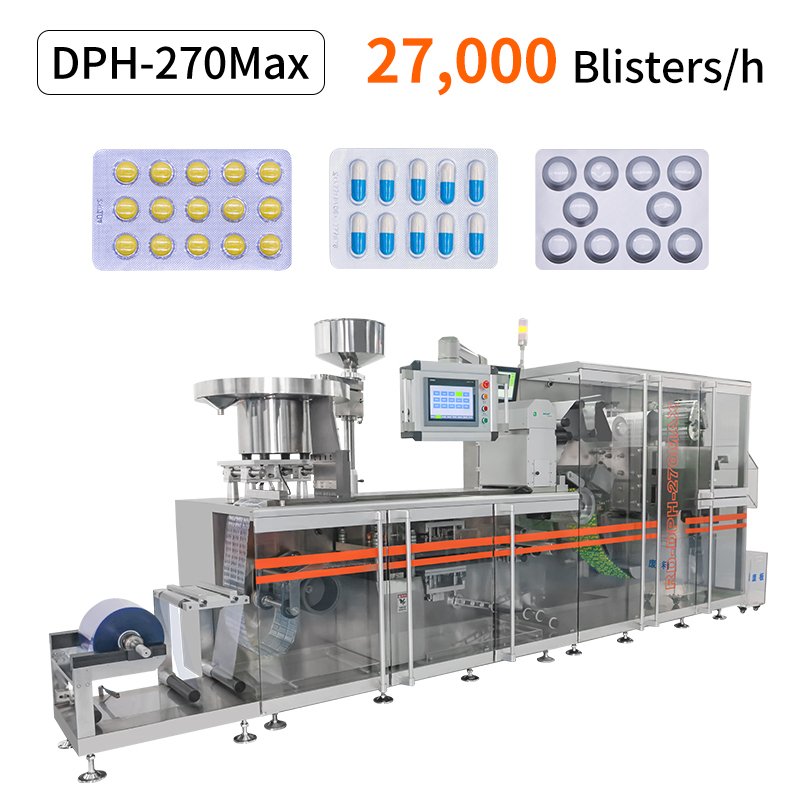Αν επενδύετε σε μια γραμμή συσκευασίας blister για την παραγωγή φαρμακευτικών προϊόντων, δεν αγοράζετε απλώς μηχανήματα—δεσμεύεστε σε μια μακροπρόθεσμη συνεργασία που επηρεάζει την αποτελεσματικότητα, τη συμμόρφωση και την κερδοφορία. Με αμέτρητες επιλογές στην αγορά, πώς διασφαλίζετε ότι θα επιλέξετε τον σωστό προμηθευτή;
1. Ποιότητα προϊόντος: Ακρίβεια που ανταποκρίνεται στα παγκόσμια πρότυπα
Μια γραμμή συσκευασίας σε μορφή blister είναι τόσο αξιόπιστη όσο και τα εξαρτήματά της. Τα μηχανήματα χαμηλής ποιότητας ενέχουν κινδύνους για ελαττώματα προϊόντος, μη συμμόρφωση με τους κανονισμούς και δαπανηρό χρόνο διακοπής λειτουργίας. Κατά την αξιολόγηση της ποιότητας, ρωτήστε:
Τα κρίσιμα εξαρτήματα (όπως οι σερβοκινητήρες και οι αισθητήρες) προέρχονται από κορυφαίους προμηθευτές;
Συμμορφώνεται το σύστημα με τα φαρμακευτικά πρότυπα cGMP;
Είναι ο δομικός σχεδιασμός ανθεκτικός για συνεχή λειτουργία υψηλής ταχύτητας;
Η Ruida Packing απαντά σε αυτές τις ανησυχίες με τη σειρά της από blister σε χαρτοκιβώτιο, η οποία εξ ολοκλήρου διαθέτει σερβομηχανισμό, σχεδιασμένο για ακρίβεια και μακροζωία. Κατασκευασμένο με εξαρτήματα πιστοποιημένα κατά ISO και επιφάνειες επαφής από ανοξείδωτο χάλυβα, το σύστημα εξασφαλίζει συσκευασία χωρίς μόλυνση. Η τεχνολογία σερβοκίνησης εγγυάται ακρίβεια ±0,5 mm στη διαμόρφωση, τη σφράγιση και τη φόρτωση των blister σε χαρτοκιβώτια, εξαλείφοντας τις λανθασμένες τροφοδοσίες και τα σφάλματα ευθυγράμμισης.
2. Παραγωγική ικανότητα: Συνδυάστε την παραγωγή με τους επιχειρηματικούς σας στόχους
Μια γραμμή που παρουσιάζει πολύ αργή συμφόρηση εμποδίζει την ανάπτυξη, ενώ μια που έχει υπερβολική ισχύ σπαταλά πόρους. Για να επιτευχθεί η σωστή ισορροπία:
Υπολογίστε τις τρέχουσες και τις προβλεπόμενες ανάγκες σας σε παραγωγή.
Επαληθεύστε την ταχύτητα του μηχανήματος (φουσκάλες/λεπτό) και την αξιοπιστία του χρόνου λειτουργίας.
Εξασφαλίστε επεκτασιμότητα για μελλοντικές αναβαθμίσεις.
Ο αρθρωτός σχεδιασμός της Ruida επιτρέπει την προσαρμογή για εξόδους που κυμαίνονται από 120 έως 320 συσκευασίες ανά λεπτό, προσαρμοσμένες σε μικρές έως μεγάλες εγκαταστάσεις. Η ενσωματωμένη γραμμή (μηχανή blister + χάρτινη συσκευασία + χάρτινη συσκευασία) συγχρονίζεται άψογα, ελαχιστοποιώντας τον χρόνο αδράνειας. Η παρακολούθηση σε πραγματικό χρόνο μέσω HMI σάς επιτρέπει να βελτιστοποιήσετε την ταχύτητα χωρίς να θυσιάσετε τη σταθερότητα - ιδανική για εποχιακές αιχμές ζήτησης.
3. Συμβατότητα: Ευελιξία για Ποικίλα Προϊόντα
Τα φαρμακευτικά χαρτοφυλάκια εξελίσσονται. Η σειρά συσκευασιών σας πρέπει να προσαρμόζεται σε ποικίλα μεγέθη κυψελών, σχήματα δισκίων και στυλ κουτιών χωρίς χρονοβόρες αλλαγές. Βασικά ερωτήματα:
Μπορεί το μηχάνημα να χειριστεί πολλαπλές μορφές (π.χ., ALU/ALU, κυψέλες ALU/PVC);
Πόσο γρήγορα μπορούν να ρυθμιστούν τα εργαλεία;
Είναι συμβατό με βοηθητικά συστήματα (επιθεώρηση όρασης, σειριοποίηση);
Το σύστημα της Ruida λάμπει εδώ. Το σύστημα γρήγορης αλλαγής χωρίς εργαλεία μειώνει τις προσαρμογές μορφής σε λιγότερο από 15 λεπτά, ενώ ο προσαρμοστικός προγραμματισμός PLC προσαρμόζεται σε ακανόνιστα σχήματα (κάψουλες, παστίλιες). Η σειρά ενσωματώνεται επίσης άψογα με λύσεις παρακολούθησης και ιχνηλάτησης τρίτων, διασφαλίζοντας τη μελλοντική συμμόρφωση με τον DSCSA, τον EU FMD και άλλους κανονισμούς.
4. Υποστήριξη μετά την πώληση: Ελαχιστοποίηση κινδύνου, Μεγιστοποίηση χρόνου λειτουργίας
Ένα μηχάνημα είναι τόσο καλό όσο η ομάδα που το υποστηρίζει. Οι αγοραστές από το εξωτερικό συχνά αντιμετωπίζουν προκλήσεις όπως καθυστερημένη αντιμετώπιση προβλημάτων ή έλλειψη τοπικών τεχνικών. Δώστε προτεραιότητα σε προμηθευτές που προσφέρουν:
Εγκατάσταση και εκπαίδευση επί τόπου.
Απομακρυσμένη βοήθεια 8/7.
Διαφανής εφοδιαστική αλυσίδα ανταλλακτικών.
Το Παγκόσμιο Δίκτυο Εξυπηρέτησης της Ruida Packing εξαλείφει αυτά τα προβληματικά σημεία. Οι μηχανικοί τους πραγματοποιούν αρχειοθέτηση στο εξωτερικό, συμπεριλαμβανομένης της επικύρωσης (IQ/OQ/PQ), και εκπαιδεύουν την ομάδα σας στην τελειοποίηση των λειτουργιών. Τα προληπτικά απομακρυσμένα διαγνωστικά τους προβλέπουν ακόμη και τις ανάγκες συντήρησης πριν από την εμφάνιση βλαβών.
Γιατί η Ruida Packing κερδίζει την εμπιστοσύνη σας
Πέρα από τις προδιαγραφές, η Ruida διαθέτει 33+ χρόνια εμπειρίας στις φαρμακευτικές συσκευασίες, συνεργαζόμενη με φαρμακευτικούς κολοσσούς του Fortune 500, αλλά και με αναδυόμενες βιοτεχνολογίες. Η σειρά πλήρως σερβοκινητήρων τους δεν είναι απλώς μια μηχανή - είναι μια δέσμευση για την επιτυχία σας.

